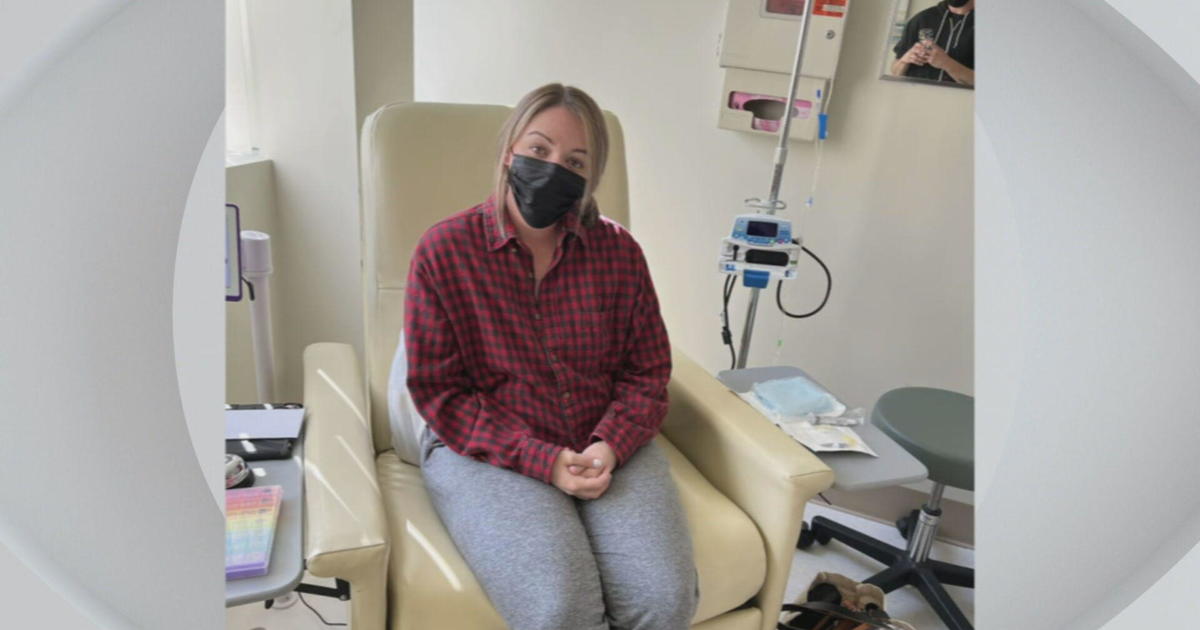Heart Attack Symptoms Often Differ For Men And Women
Heart disease is the leading killer of both men and women, but the symptoms of a heart attack often differ by gender.
Men most often suffer chest pain when having a heart attack, while acute chest pain is not present in about 40 percent of women, according to Dr. Loryn Feinberg, cardiologist at Beth Israel Deaconess Medical Center's CardioVascular Institute.
"Women will more often have what we call a silent myocardial infarction (heart attack)," she says. "In these cases, women will have no symptoms at all."
In such cases, the heart attack may be detected later when the patient is undergoing a routine EKG exam or if evidence of a heart attack is detected on other tests such as a stress test, echocardiogram (ultrasound of the heart) or cardiac catheterization, she notes.
But the damage may already have been done. The heart muscle can already be injured. In addition, the woman may have coronary artery disease that can then lead to another, more serious heart attack.
"Sixty percent of women with coronary artery disease present with a heart attack or sudden death," Dr. Feinberg says.
While men usually report a crushing feeling in the chest, women often suffer symptoms such as marked fatigue, shortness of breath, sleep disturbances or nausea, she says. Or they may report pain they describe as burning or sharp, rather than pressure-like, and it may originate in the arm, neck, throat or back.
"I've had many women sit on their discomfort for days thinking it is indigestion," she says. "They delay treatment and don't get to the hospital or to a medical provider in a timely fashion."
One of the two most common types of heart attack responds best to quick treatment in the cardiac catheterization lab, where clogged arteries are quickly reopened. But if too much time goes by, the treatment is not as effective.
Delayed diagnosis and treatment contributes to higher complication rates and mortality. While medical advances have caused a drop in heart disease mortality in recent decades, the rate of decline has been less for women than for men.
Because women more often have heart attacks that go unnoticed, it is especially important for those at high risk to be identified early and put on medication and counseled about lifestyle changes to help prevent heart attack, Dr. Feinberg says.
Such high-risk cases include those who have a strong family history, are overweight, physically inactive, smoke, or have diabetes, high blood pressure or high cholesterol.
Another difference between men and women is that, for men, a heart attack most often comes on during exercise, while for women symptoms may be more likely to develop during daily activities such as doing work in the home or during times of emotional distress, Dr. Feinberg says.
"While men and women both suffer heart disease at equal rates, the problem tends to present itself about ten years later in life for women," she notes.
Above content provided by Beth Israel Deaconess Medical Center. For advice about your medical care, consult your doctor.
Posted: January 2013




